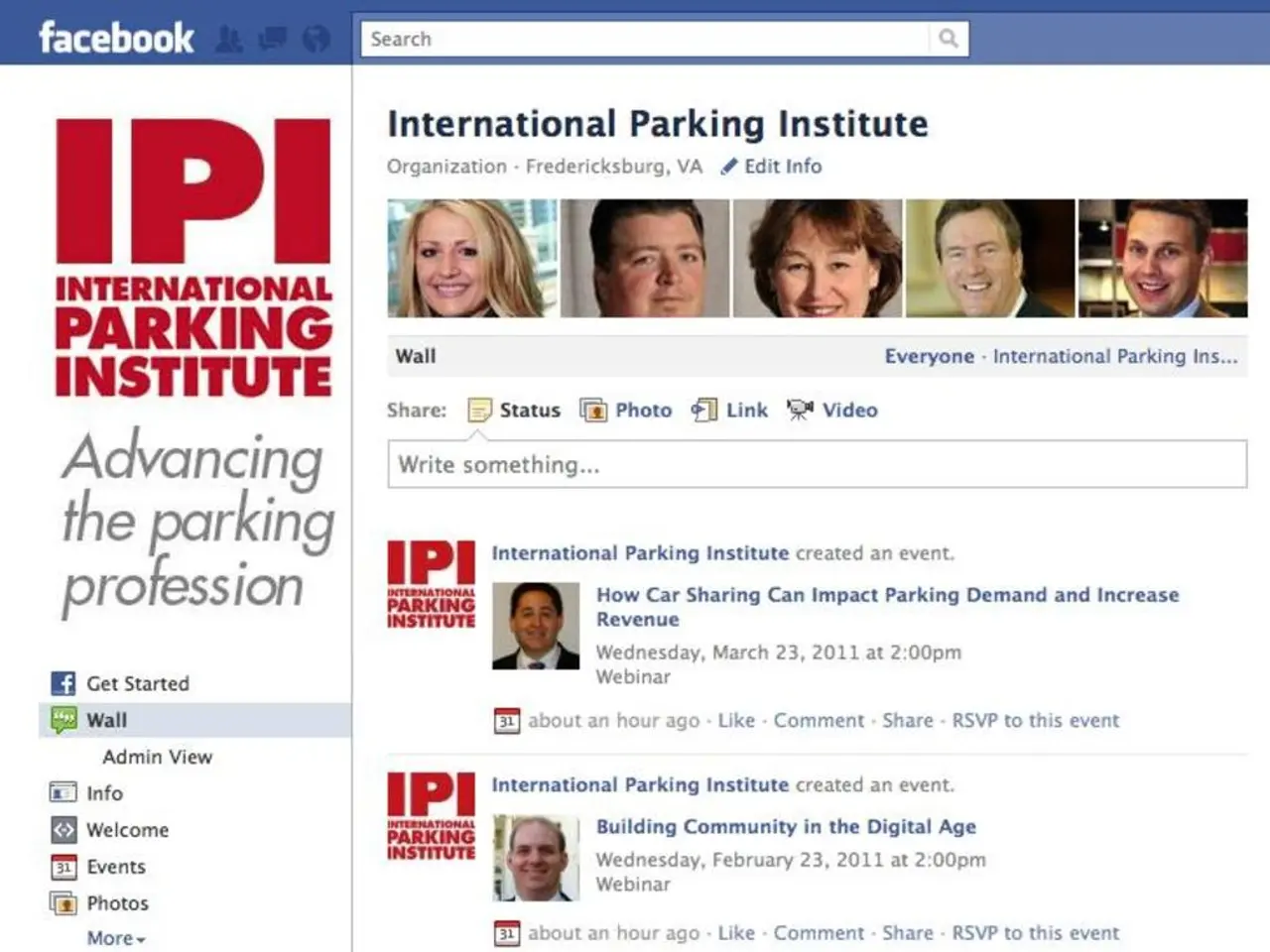Strategies to Lead as a Privacy Pioneer in Data Realms
Protecting Your Privacy on Social Media: A Comprehensive Guide
In the digital age, safeguarding your personal information online is more important than ever. Here's a guide to help you navigate privacy settings on popular social media platforms, backed by advice from the Future of Privacy Forum (FPF).
January 28 is Data Privacy Day
Each year, Data Privacy Day is celebrated on January 28 to commemorate the anniversary of Convention 108, the first international treaty to protect personal data. This day serves as a reminder to stay vigilant about our online privacy.
Facebook, Instagram, TikTok, and More: Privacy Settings Galore
Many social media platforms offer a variety of privacy settings to help you control who sees your posts, photos, and personal information. Regularly reviewing and updating these settings is crucial to maintaining your privacy.
Strong Passwords and Two-Factor Authentication
Using strong, unique passwords and enabling two-factor authentication (2FA) are essential steps for adding a security layer to your accounts. 2FA requires a second form of login verification beyond the password, preferably via an authenticator app rather than SMS for better security.
Limit Profile Visibility and Personal Data Exposure
Setting accounts to private mode where possible, restricting who can contact you or see your activity, and avoiding sharing sensitive information like phone numbers or locations publicly can help protect your privacy.
Consider Multiple Accounts
Maintaining multiple accounts—one public-facing with minimal personal data or curated content, another private for trusted friends and family—can reduce overexposure.
Limit App Permissions and Third-Party Integrations
Be selective about the app permissions and third-party integrations you allow, as this can help reduce data sharing and tracking by apps or connected services.
Be Mindful of What You Share
Think twice before posting content that could impact your privacy or security. When possible, browse social media anonymously or without logging in to minimize tracking.
Platform-Specific Notes
Each platform has its own unique privacy features. For example, Snapchat's Ghost Mode hides your location from others, while TikTok allows you to set your account to private and control who can comment, duet, or react to your videos.
Stay Informed and Be Cautious
Evaluating a website or app before sharing personal information involves checking the website's URL, looking for clear information about the leaders of the organization, and evaluating the company's privacy policy. Users can also download their data from platforms like Snapchat to view the information collected about them.
Resources for Further Learning
The Future of Privacy Forum (FPF) brings together experts to discuss the intersection of data, privacy, ad tech, mobility & location, and youth & education. They organise events and offer a monthly briefing on privacy-related topics. You can sign up for these briefings and events on their website.
Staying informed and being mindful of your digital footprint are key to protecting your privacy on social media platforms. By following these best practices, you can ensure a safer and more private online experience.
- Recognizing the importance of online privacy, the Future of Privacy Forum (FPF) hosts events and offers a monthly briefing on privacy-related topics, including those related to youth education and data mobility.
- Regularly reviewing and updating privacy settings on social media platforms like Facebook, Instagram, TikTok, and more is vital for maintaining privacy and controlling who sees posts, photos, and personal information.
- Utilizing strong, unique passwords and enabling two-factor authentication (2FA) adds a security layer to your social media accounts. Preferably, use an authenticator app for 2FA over SMS for better security.
- To protect privacy, set accounts to private mode when possible, control who can contact you or see your activity, and avoid sharing sensitive information like phone numbers or locations publicly.
- Maintaining multiple accounts, with one public-facing and another private for trusted friends and family, can help reduce overexposure of personal data.
- Be selective about the app permissions and third-party integrations you grant access to on your social media platforms, as this helps reduce data sharing and tracking by apps or connected services.
- Be cautious about the websites or apps you share personal information with, and before sharing, check the website's URL, evaluate the company's privacy policy, and look for clear information about the organization's leaders.
- For better privacy on social media, be mindful of the content you share and consider browsing anonymously or without logging in to minimize tracking, and with awareness of home-and-garden products, data-and-cloud-computing technologies, entertainment, and social-media platforms affecting your lifestyle.




